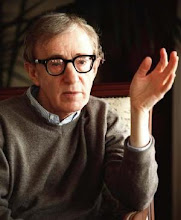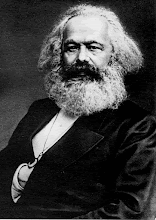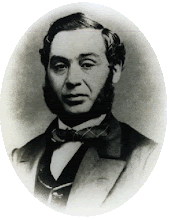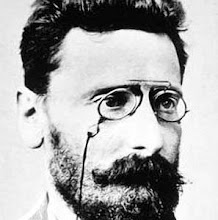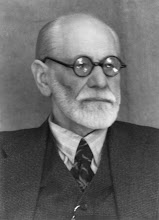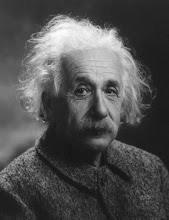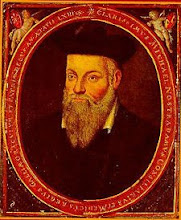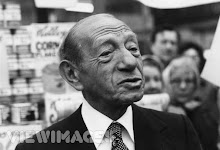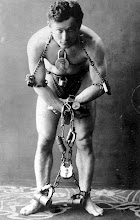 Sir Marc Aurel Stein (26 November 1862 – 26 October 1943) was a Hungarian archaeologist, mainly concerned with exploring ancient Central Asia. He was also a professor at various Indian universities.
Sir Marc Aurel Stein (26 November 1862 – 26 October 1943) was a Hungarian archaeologist, mainly concerned with exploring ancient Central Asia. He was also a professor at various Indian universities.Stein was born in Budapest into a Jewish family. His parents had him and his brother, Ernst Eduard, baptised as Lutherans, while his parents and sisters remained Jews (a common way at the time to increase the chance of one's sons being successful). He later became a British citizen and made his famous expeditions with British sponsorship.
Stein was influenced by Sven Hedin's 1898 work, Through Asia. He made four major expeditions to Central Asia—in 1900, 1906-8, 1913-16 and 1930. One of his significant finds during his first journey during 1900-1901 was the Taklamakan Desert oasis of Dandan Oilik where he was able to uncover a number of relics. During his third expedition 1913-16, he excavated at Khara-Khoto.
The British Library's Stein collection of Chinese, Tibetan and Tangut manuscripts, Prakrit wooden tablets, and documents in Khotanese, Uyghur, Sogdian and Eastern Turkic is the result of his travels through central Asia during the 1920s and 1930s. Stein discovered manuscripts in the previously lost Tocharian languages of the Tarim Basin at Marin and other oasis towns, and recorded numerous archaeological sites especially in Iran and Balochistan.
Stein's greatest discovery was made at the Mogao Caves also known as "Caves of the Thousand Buddhas", near Dunhuang in 1907. It was there that he discovered the Diamond Sutra, the world's oldest printed text which has a date (corresponding to AD 868), along with 40,000 other scrolls (all removed by gradually winning the confidence of the Taoist caretaker). During 1901 Stein was responsible for exposing forgeries of Islam Akhun. During his expedition of 1906–1908 while surveying in the Kunlun Mountains of western China, Stein suffered frostbite and lost several toes on his right foot.
When he was resting from his extended journeys into Central Asia, he spent most of his time living in a tent in the spectacularly beautiful alpine meadow called Gulmarg (or 'Meadow of Roses'). Except for his latest dog (which was always called "Dash"), he lived alone here. He died and is buried in Kabul.
The art objects he collected are divided between the British Museum, the British Library, the Srinagar Museum, and the National Museum, New Delhi. His collection is important for the study of the history of Central Asia and the art and literature of Buddhism.
Stein, as well as other contemporary explorers Sven Hedin, Sir Francis Younghusband and Nikolai Przhevalsky, were active players in the British-Russian struggle for influence in Central Asia, the so-called Great Game. Their explorations were supported as they explored the remaining "blank spots" on the maps, providing valuable information.

Stein Aurél (Sir Marc Aurel Stein) (Pest, 1862. november 26. – Kabul, 1943. október 28.) magyar származású Kelet-kutató, az MTA külső tagja, aki brit alattvalóként lett világhírű. Keller András nagy-britanniai magyar fizikokémikus, polimerfizikus nagybátyja.
Pest-Budán született zsidó családban, iskoláit Budapesten és Németország különböző egyetemein végezte. 21 évesen bölcsészdoktor lett és Angliában folytatta tanulmányait, Londonban, Oxfordban és Cambridge-ben. 1886-ban utazott először Indiába, ahol a brit adminisztrációban dolgozott, illetve később több indiai egyetemen tanított.
1900 és 1931 között négy nagy jelentőségű expedíciót vezetett Belső-Ázsiába. Az általa gyűjtött kéziratok és régészeti tárgyak jelentős része a British Museumba került.
Első expedícióján, 1900-1901-ben térképészeti (háromszögelési) munka mellett a Takla-Makán sivatag déli peremén elhelyezkedő romvárosokat tárta fel. Erre a neves svéd kutató, Sven Hedin inspirálta. Második expedíciója, 1906-1908-ban már a Góbi sivatagba vezetett, illetve a Takla-Makán északi térségébe. Ekkor talált a dunhuangi Ezer Buddha Barlangtemplomokban hatalmas kéziratgyűjteményt. Harmadik útja, 1913-1916-ban a korábbi célpontok mellett Kelet-Iránba vezetett. Negyedik útja 1930-ban már nem volt igazán sikeres, mert a megváltozott politikai helyzetben már nem kutathatott, illetve utazgathatott kínai területeken.
1943-ban Afganisztánban, Kabulban halt meg, ahol a helyi temetőben van a sírja.











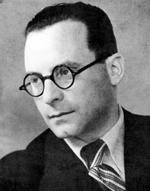


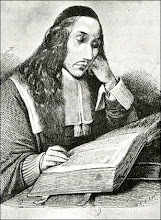
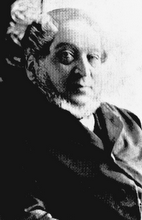

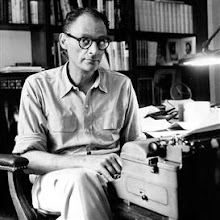.jpg)

